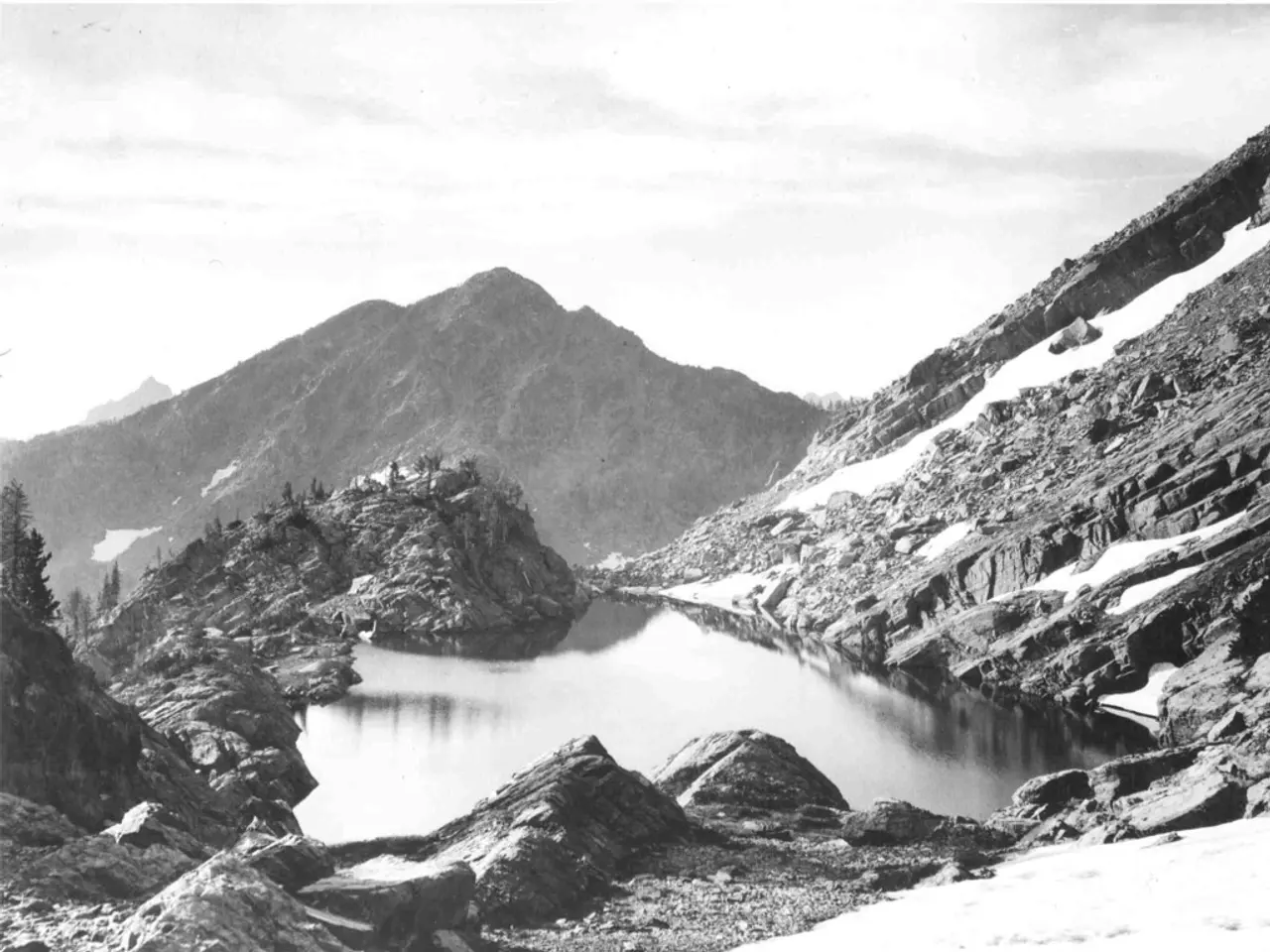Northeastern PA's Gas Industry Leaves Subtle Footprint, Study Finds
Northeastern Pennsylvania's natural gas industry leaves a subtle footprint, according to a study by Duke University Energy Initiative, supported by the Alfred P. Sloan Foundation. Despite signs of activity, the region remains scenic, with fall foliage unspoiled.
Researchers found direct signs of drilling activity like water impoundments, rigs, and compressor stations. However, the impact is less dramatic than often reported. The study covered Bradford, Lycoming, Tioga, and Susquehanna counties, which have seen steady natural gas development since the late 2000s, driven by the Marcellus Shale boom.
The region's beauty persists, with trees turning vibrant colours in fall. Despite slowed new development in recent years, natural gas production continues to rise. Local governments benefit from increased revenues, including Pennsylvania's 'Impact Fee', leased land revenues, and higher taxes and fees. Gas and pipeline companies also maintain local roads they use.
The natural gas industry's impact on northeastern Pennsylvania is visible but not overwhelming. The region remains scenic, with local governments reaping benefits from development. Despite slowed new development, production continues to increase.
Read also:
- Reconsidering the Approach to Mountain Height Measurement?
- UK automaker, Jaguar Land Rover, to commit £500 million for electric vehicle manufacturing in Merseyside
- Standard Nuclear & Framatome Join Forces to Boost TRISO Fuel Production by 2027
- Exhibition Spotlights Child Labor in Lithium and Cobalt Mines








